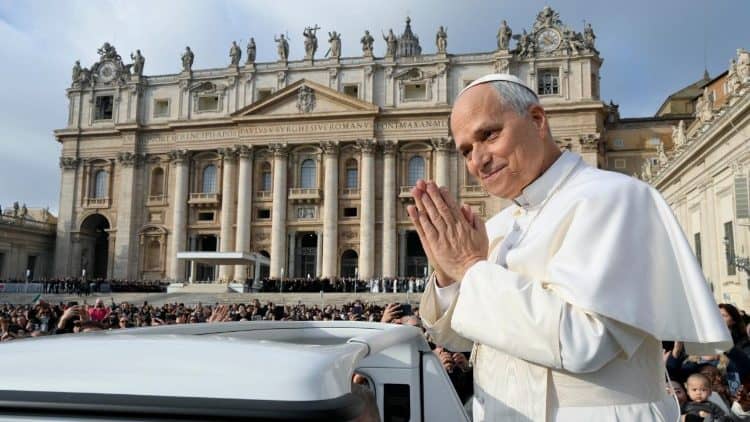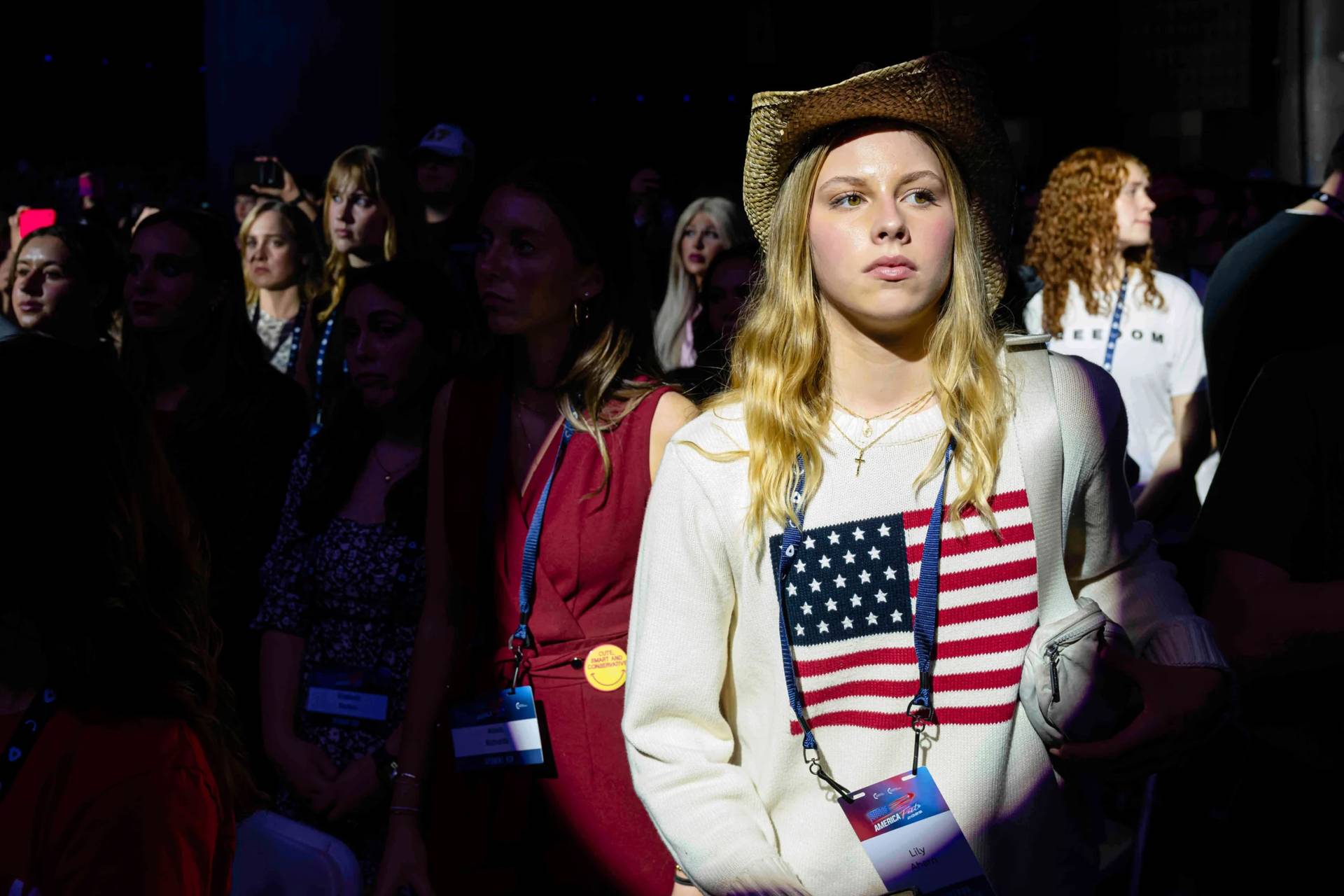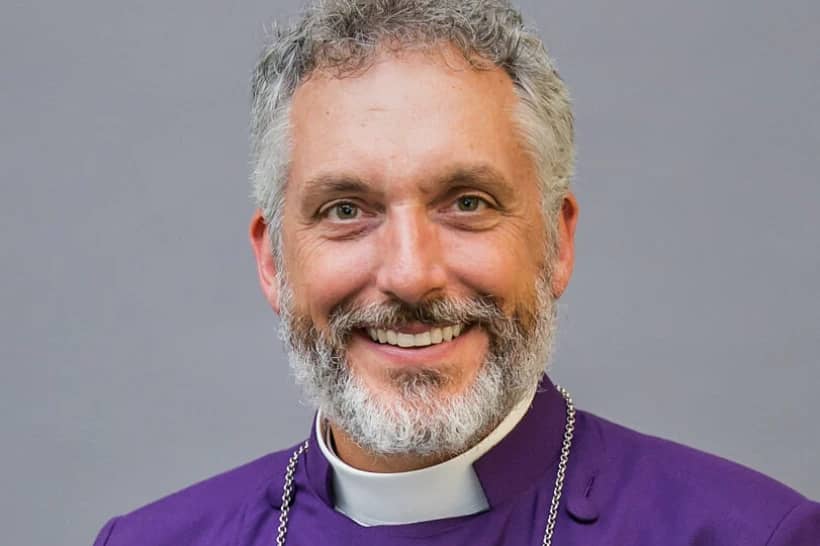ROME – Italy has offered countless contributions to the world in terms of culture, cuisine and history. Yet among the things that inhabitants of the Bel Paese truly have down to a “T” is the fine art of taking it easy.
Ferragosto, the Italian summer festivity that falls on the Feast of the Assumption on August 15, is the quintessential celebration of relaxing, laying back and escaping to the nearby crowded beaches. Most Italians stretch Ferragosto into a full week, if not the entire month of August, and in cities such as Rome, restaurants, shops, and other places of business just shut down.
While many expats have picked up, in one way or another, the slow Italian pace, one notable Roman resident seems to have remained completely immune: Pope Francis.
“It’s so hard to learn how to rest!” the pope admitted to Roman priests in a homily in 2015.
It does often seem that this ‘Type A pope’ is immune to the Italian expression con calma (“take it easy”). Francis has notably never taken a break since he started his pontificate in 2013, and the halls of the lakeside summer papal estate in the small Italian town of Castel Gandolfo, where popes took their summer vacations for centuries, have remained empty on his watch.
This year, in order to attract tourists who would normally visit the town to catch a glimpse of the pope, the estate has been opened to the public so visitors can see the rooms where a string of pontiffs, including St. John Paul II and Pope Emeritus Benedict XVI, would retire from the Roman heat.
Francis, however, prefers to stay within the air-conditioned rooms at the Casa Santa Marta in the Vatican where he lives. On the way back to Rome from Seoul, South Korea, in 2013, the pope confessed to journalists that he has not gone on a traditional vacation since 1975, when he participated in a Jesuit retreat.
So what does this Stakhanovite pope do to wind down? In American argot, we’d say he’s a fan of the “staycation.”
“I change rhythm: I sleep longer, read more, listen to music, and this is good for me,” Francis told reporters, adding jokingly, “I have some neuroses, but one must treat neuroses well, give it material.”
This year, Francis also has decided to revive the tradition, last enforced by Pope Pius VI in the 18th century, to ask cardinals who live in Rome to notify him of their vacation plans. The request came through a letter signed by the dean of the College of Cardinals, Italian Cardinal Angelo Sodano.
The Vatican spokesman, veteran American journalist Greg Burke, told reporters that the move was just “a healthy tradition,” only necessary for organizational reasons. However, others saw it as a not-so-subtle papal warning shot, reminding Princes of the Church to make sure their travel destinations and itineraries are ‘Bergoglio-style’, meaning somber and simple.
The pope’s zealous approach to the summer is a long way from the Italian tradition of Ferragosto, which – like any good break – usually stretches lazily to encompass a whole week of outdoor grilling and sun bathing. One could argue that Italians have all that in their blood, since the holiday actually dates all the way back to ancient Rome.
In fact, Ferragosto started as an ancient Roman period of repose and celebration honoring the god of the earth and fertility, Consus. After hard work in the fields, Romans would return to their homes to party and relax before beginning the grape harvest.
The emperor Augustus, whose name was given to the last summer month, unified the various seasonal festivities in 18 B.C., creating Ferragosto. It later became customary for farmers to make goodwill wishes to their masters on this day in exchange for money and gifts. The break survived through the centuries, to the extent that it was made mandatory during the Renaissance period in the Papal States.
The Catholic Church adopted the date of the festival for the Feast of the Assumption, when tradition holds that the Virgin Mary ascended into Heaven in both body and spirit, in anticipation of the universal judgment.
It was precisely on Ferragosto in 1483 that Pope Sixtus IV dedicated to the Assumption the newly completed Sistine Chapel, where Michelangelo would later paint his masterpiece of the universal judgment and depict the rise and fall of mankind on its vault.
This Ferragosto, Pope Francis is among the very few Romans who actually remain in Rome, where the streets are quiet and roads are devoid of the usual traffic. Most Romans have fled to the beach – carrying large bags filled with enough food to feed a small army – honoring a tradition that was revived and enhanced by none other than a notorious figure, Italian dictator Benito Mussolini.
During the late 1920s, Mussolini’s fascist regime created a ‘Popular train of Ferragosto,’ which allowed even those who did not possess much money to visit the beach.
So far, Pope Francis has remained untouched by these century-old traditions, and shows no sign of slowing down. Yet, the Argentinian pope has brought to the Vatican a Latin American tradition of his own: The post-lunch siesta (or, as Italians would call it, the riposino, meaning “little rest.”)
The pope might not be one for vacationing, but every day after he’s eaten lunch, Francis retires to room 201 at the Domus Santa Marta, the residence on Vatican grounds where he lives, for a 30-minute power nap.
“Rest is important for the heath of our mind and body, yet it is so hard to do, because of the many needs that weigh on us,” Francis told faithful in Manila, Philippines in 2015.
“Rest is also essential for our spiritual health, so that we may listen to the voice of God and understand what he asks of us,” he said.
The pontiff would probably be the first to acknowledge that sometimes it’s not quite in his nature to take his own advice – though especially during Ferragosto, living in Italy does give him a gentle boost in that direction.














